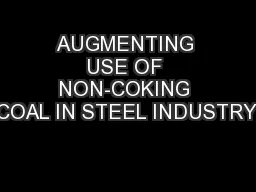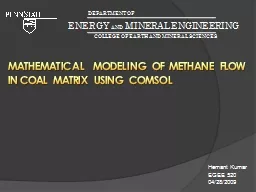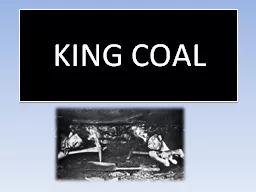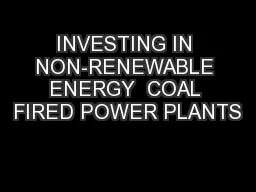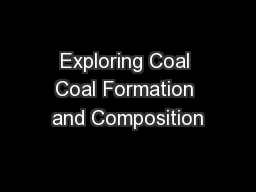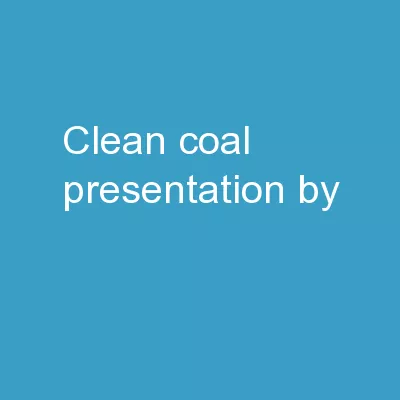PPT-Larenz Devaren Coal Introduction to Coal
Author : pasty-toler | Published Date : 2018-10-31
Clean Coal Technology Economic Challenges Questions Discussion Citations According to the National Academies of Science Engineering and Medicine in 2015 United
Presentation Embed Code
Download Presentation
Download Presentation The PPT/PDF document "Larenz Devaren Coal Introduction to Coal" is the property of its rightful owner. Permission is granted to download and print the materials on this website for personal, non-commercial use only, and to display it on your personal computer provided you do not modify the materials and that you retain all copyright notices contained in the materials. By downloading content from our website, you accept the terms of this agreement.
Larenz Devaren Coal Introduction to Coal: Transcript
Download Rules Of Document
"Larenz Devaren Coal Introduction to Coal"The content belongs to its owner. You may download and print it for personal use, without modification, and keep all copyright notices. By downloading, you agree to these terms.
Related Documents


